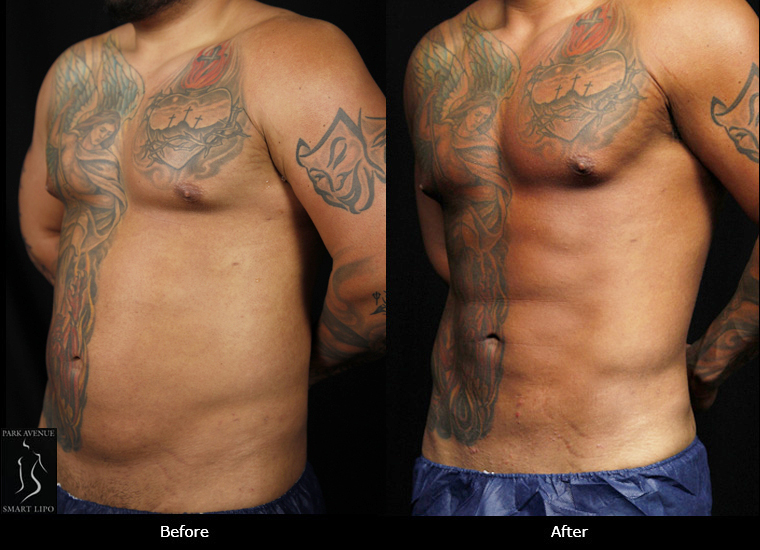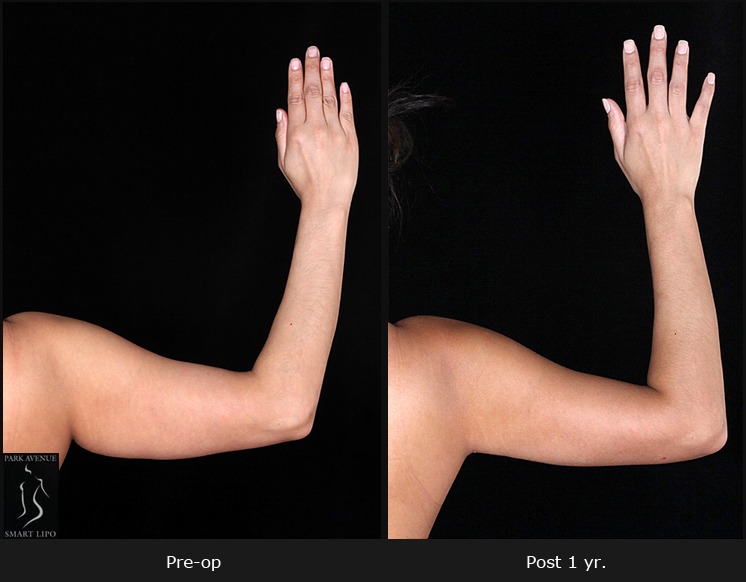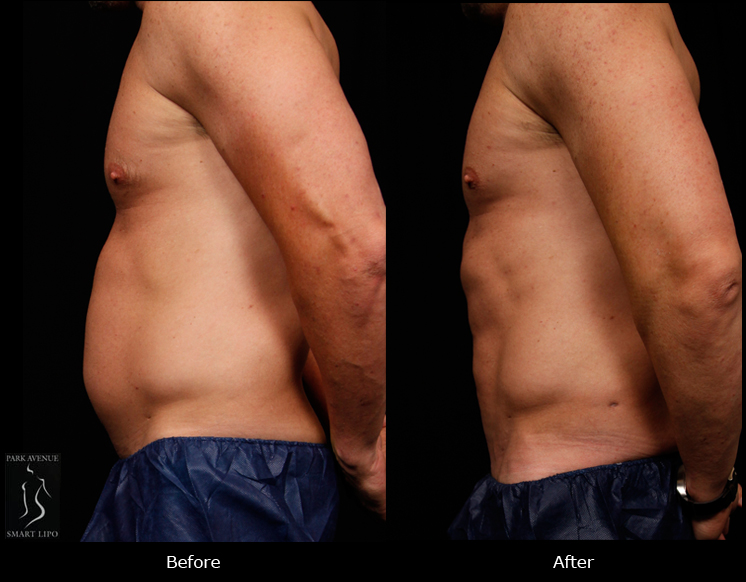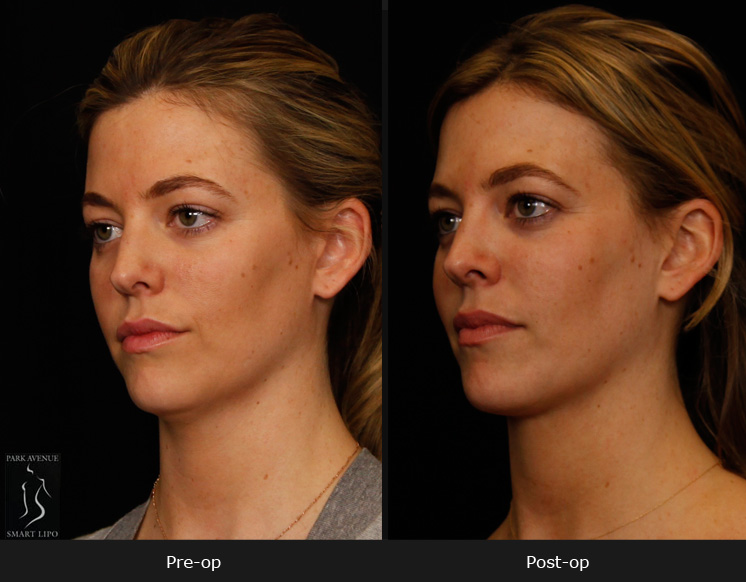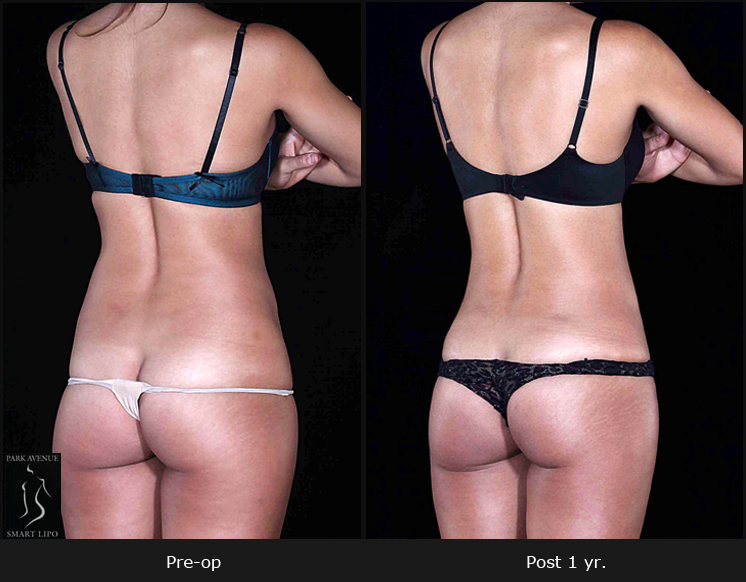Laser Liposuction in NYC is an ideal option for men and women looking to get rid of stubborn fat safely and effectively. The procedure involves using laser energy to gently liquefy the excess fat, allowing it to be easily removed. Compared to traditional liposuction, FDA-approved Smartlipo Triplex liposuction provides optimal fat reduction and skin tightening with minimal downtime and less surgical trauma.
In successful liposuction surgery, the surrounding tissues would remain undamaged, alive and healthy, providing natural-looking results. On the other hand, if the tissues happen to suffer damage during the procedure, it can lead to scarring, causing the skin to look uneven and lumpy. In such cases, correction or liposuction revision would be recommended. However, a revision procedure can involve more pain. On the RealSelf platform, a patient who had laser lipo again 10 months after the first round, asks: “Second round of laser lipo pain, why is the pain so bad?” The patient wanted to know why the pain is so much worse compared to the first time and if it is scar tissue, if that would go away.
Some swelling is common after liposuction and may take up to several months to resolve. On the other hand, lumps can occur due be localized hematoma (collection of blood from bleeding) and take about a year to absorb, failing which they will require surgery to remove. Some lumps are scarring due to too much liposuction in the area.
Surgeons admit that scar tissue development after liposuction leads to a more difficult repeat procedure which is often challenging for the surgeon and the patient. An expert plastic surgeon notes that performing laser liposuction second time around would be difficult as typically, there would be an abundance of scar tissue. Inflammation or swelling of the tissue may occur after surgery and over time, that inflammation can develop into scarring. For instance, the bulge that appears following stomach lipo could be excess fat or scar tissue. The presence of scar tissue would make it more difficult for the plastic surgeon to remove fat during revision lipo, which can make pain worse. To address this concern when operating a second time, the surgeon will use more laser energy to break down the fat to a greater extent than the first time. This usually results in less pain, since the fat is even more liquid, which will make it easier to remove. The expert also notes that more powerful energy-enabled devices could be the better option for secondary liposuction cases.
The surgeon advises liposuction patients who have scar tissue to consult their plastic surgeon as each person responds to pain in a different way and proper follow up is important to determine why the lumps occurred and address the problem.
With less pain and less downtime, permanent removal of stubborn fat, and superior skin tightening effects, laser liposuction in NYC is an ideal solution for healthy men and women. If you intend to have this procedure, find a plastic surgeon who has extensive expertise in handling Smartlipo Triplex. All surgery involves some uncertainty and risk. Choosing a qualified liposuction surgeon and strictly following his or her recommendations before surgery and after can promote smooth recovery and reduce your risks.

